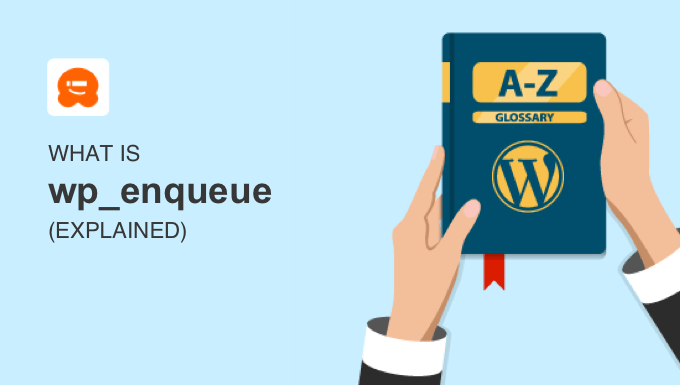The function `wp_enqueue` is a key component of WordPress that enables developers to load scripts (JavaScript files) and styles (CSS files) efficiently.
By utilizing this function, developers can specify which scripts and styles they want to include on a specific page, allowing WordPress to automatically handle the loading process.
This practice not only enhances page loading speed and performance but also minimizes the risk of conflicts among various scripts and styles.
When scripts are enqueued correctly, developers can build plugins, themes, and websites that are both efficient and maintainable, while ensuring compatibility.
When to Enqueue JavaScript and CSS in WordPress?
JavaScript and CSS are essential tools for customizing a WordPress website, and developers commonly use these languages to create themes and plugins. JavaScript operates on the user’s browser, providing interactive features like sliders, alerts, buttons, popups, and other dynamic elements.
Meanwhile, CSS (Cascading Style Sheets) dictates the visual design of a site, including font sizes and colors, background colors, and page widths.
For website owners looking to add JavaScript and CSS to specific posts or pages, using `wp_enqueue` may not be necessary. Instead, we suggest utilizing the WPCode snippets plugin, which offers a secure method for incorporating code into a WordPress site.
For further information, refer to our guides on easily adding JavaScript and custom CSS to your WordPress site. However, developers or those learning to create WordPress plugins and themes should familiarize themselves with the proper enqueuing of JavaScript and CSS files in their projects.
Understanding How the WordPress Enqueue System Works
New developers often make the error of directly including scripts and styles in their plugins or themes, which can lead to conflicts and degrade WordPress performance.
To mitigate these issues, WordPress features an enqueue system that allows developers to load scripts and styles in an organized manner, ensuring proper functionality without conflicts. Here’s a breakdown of how the enqueue system operates:
1. Registering the Resource: Use the `wp_register` function to inform WordPress about the script or stylesheet, making it aware of its existence and location.
2. Enqueuing the Resource: Next, use the `wp_enqueue` function to signal that you want WordPress to load those scripts and styles.
3. Loading in Order: Once the page is rendered, WordPress will load all enqueued scripts in the appropriate order to ensure they operate smoothly together.
For a more detailed understanding, check out our guide on properly adding JavaScript and styles in WordPress.
Code Examples
You can utilize the `wp_enqueue_script` and `wp_enqueue_style` functions to direct WordPress on when to load a file, its location, and any dependencies it may have.
To illustrate this, here’s an example of code you can insert into your plugin files or the `functions.php` file of your theme to appropriately load scripts in WordPress:
?php
function wpb_adding_scripts() {
wp_register_script('my_amazing_script', plugins_url('amazing_script.js', __FILE__), array('jquery'),'1.1', true);
wp_enqueue_script('my_amazing_script');
}
add_action( 'wp_enqueue_scripts', 'wpb_adding_scripts' );
?>
And here is an example of how to enqueue your stylesheets:
For comprehensive details on these code examples, please refer to our guide on correctly incorporating JavaScript and styles in WordPress.
We trust this article has enhanced your understanding of wp_enqueue in WordPress. Additionally, you may find our Additional Reading list below helpful, featuring related articles on helpful WordPress tips, tricks, and ideas.
If you enjoyed this article, consider subscribing to our YouTube Channel for WordPress video tutorials. You can also connect with us on Twitter and Facebook.


